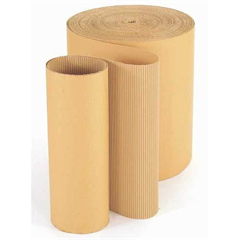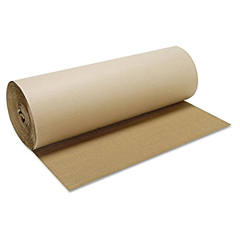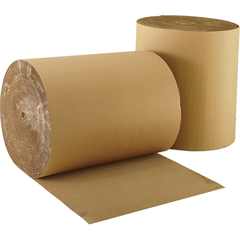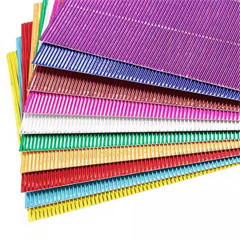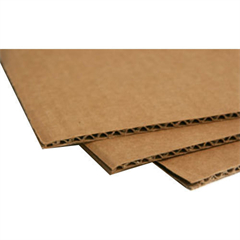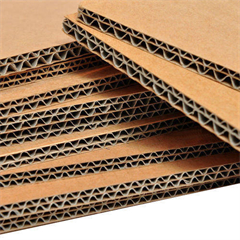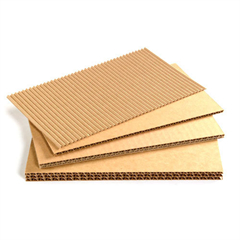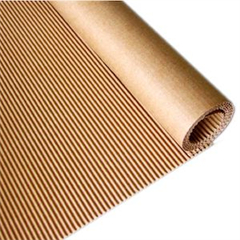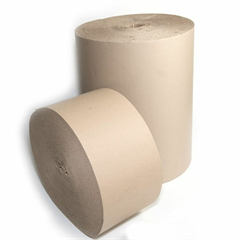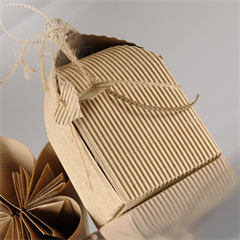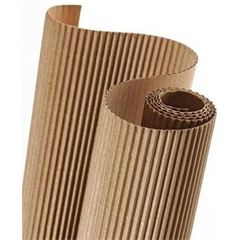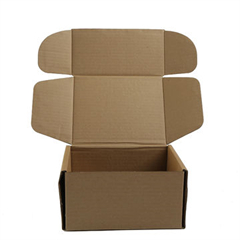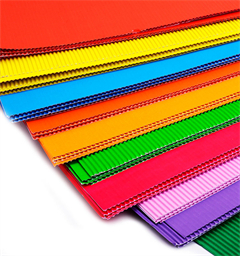Corrugated paper sometimes called corrugated fiberboard, is made of cellulose fibers-virgin or recycled from used corrugated cardboard or other materials. Corrugated cardboard is a structure consisting of one or more corrugated elements called “medium” or “grooves”, which are connected to one or more called “pads” by applying adhesive on the top of the grooves On the plane element. The number of pads and media used in corrugated cardboard defines its classification: single-sided, single-walled, double-walled, triple-walled, etc. C, E, or F. These categories represent different sizes of flutes based on their height and frequency (distance between waves).
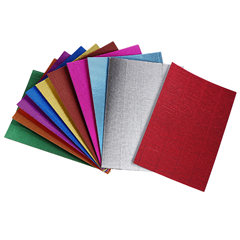
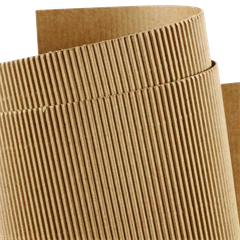
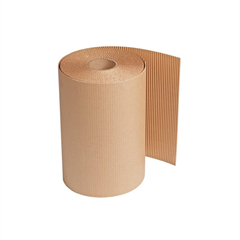
There are 3 liners of corrugated paper:
Kraft liners
Test liners
Chip liners
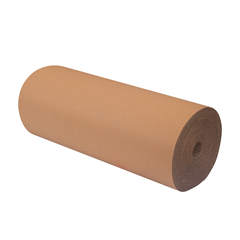
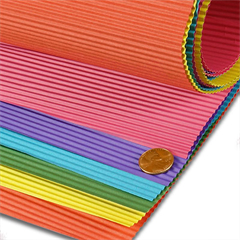
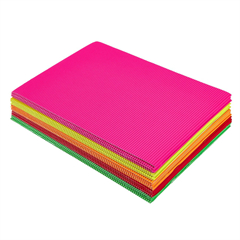
Kraft liners introduce.
Kraft liners consists of at least 70-80% virgin chemical pulp fiber. They are considered the top material grade, are very stiff and strong, and have a finished surface. Many Kraft liners are made from the pulp of soft woods, although some make use of pulp from birch and other harder woods. Kraft liners can be divided into several subcategories depending on their color: Brown Kraft liners vary in natural brown color depending on the fiber, pulping process, and mill location.
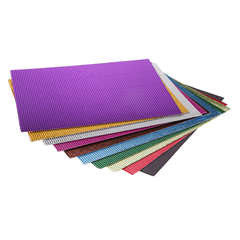
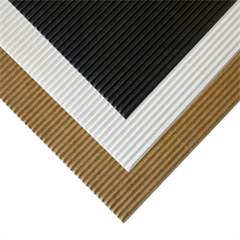
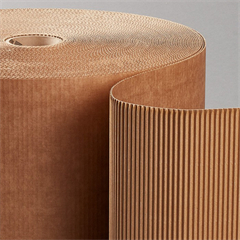
Test liners introduce.
The strength of test liners is not quite as high as that of kraft liners, as they have a higher recycled fiber content. It is worth noting that brown test liners can be divided into different classes, though these classes often differ depending on the country of operation.
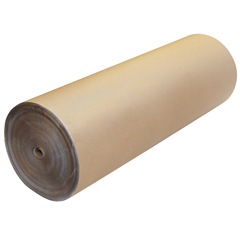
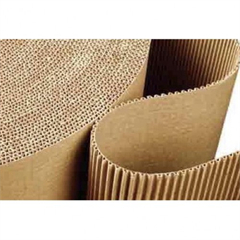

Chip liners introduce.
Chip liners are not as common as the kraft or brown test liners. They are mostly made from uncontrolled recycled materials, which means they are not as high in quality. They do not provide as good of a performance as the other types of liners, either. There are three types of Chip liners:
